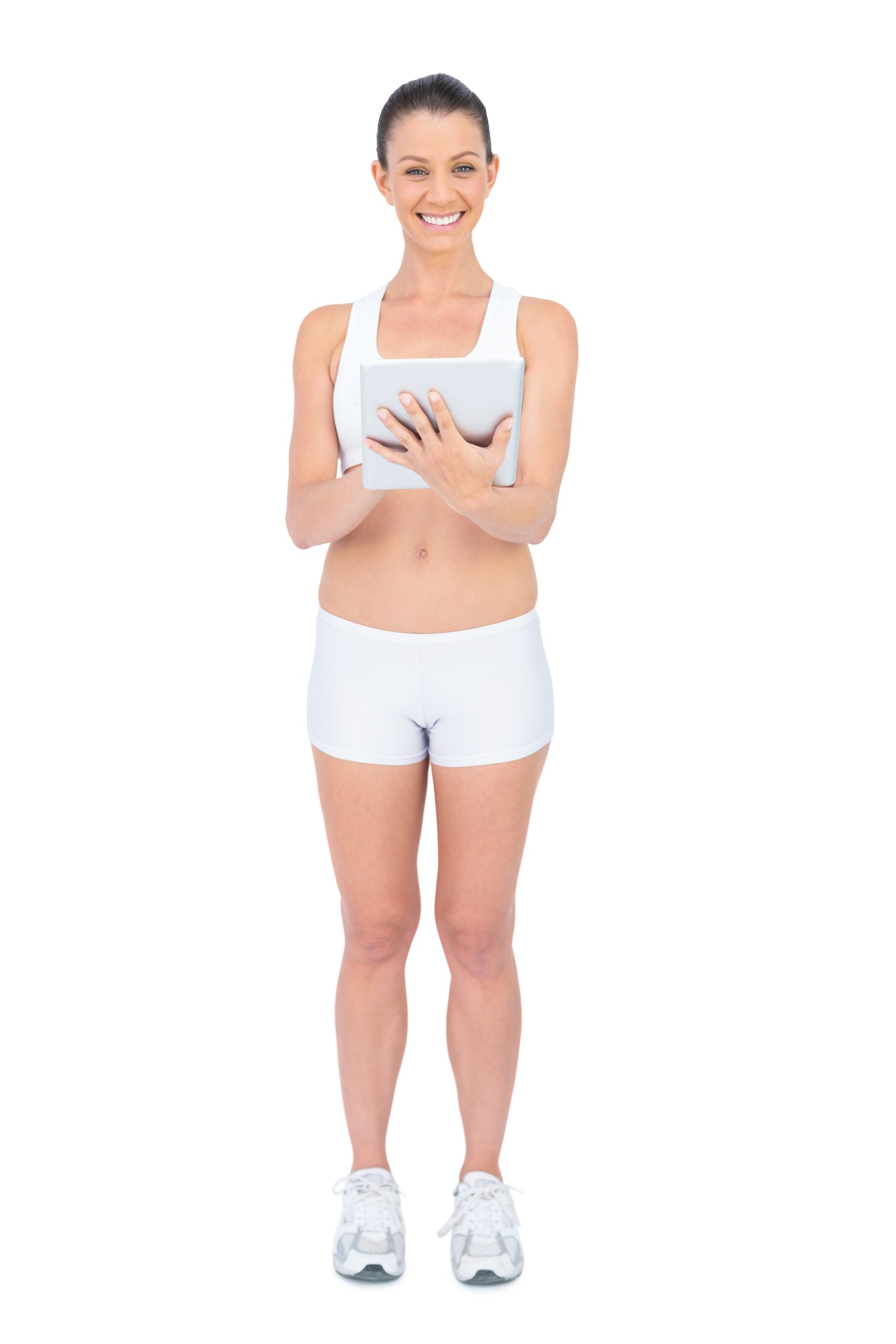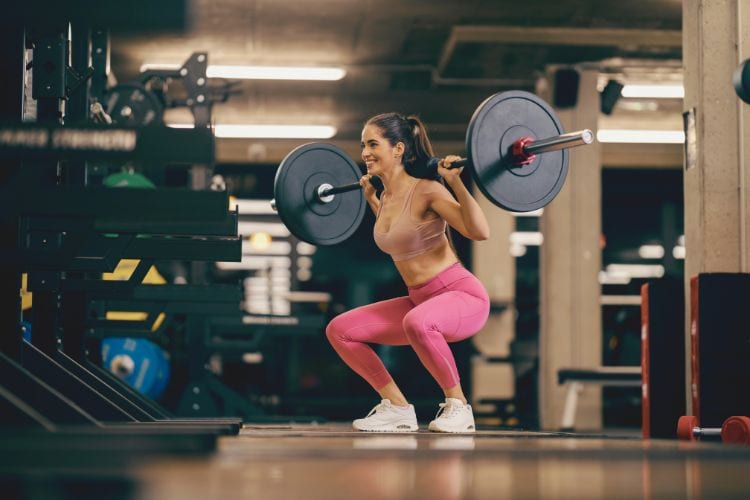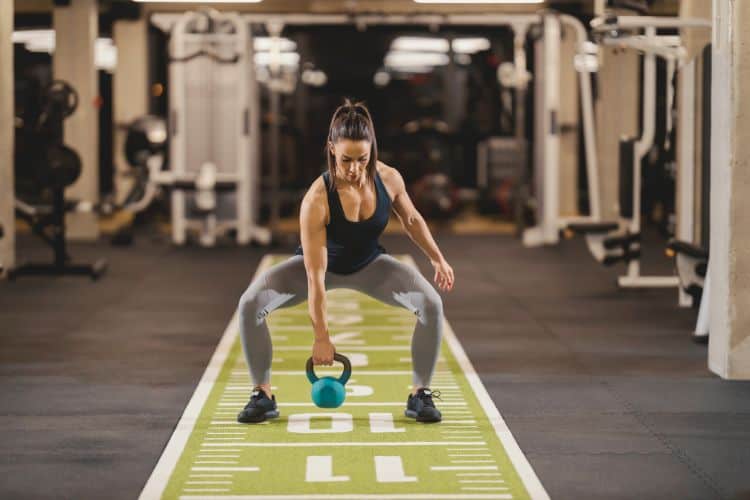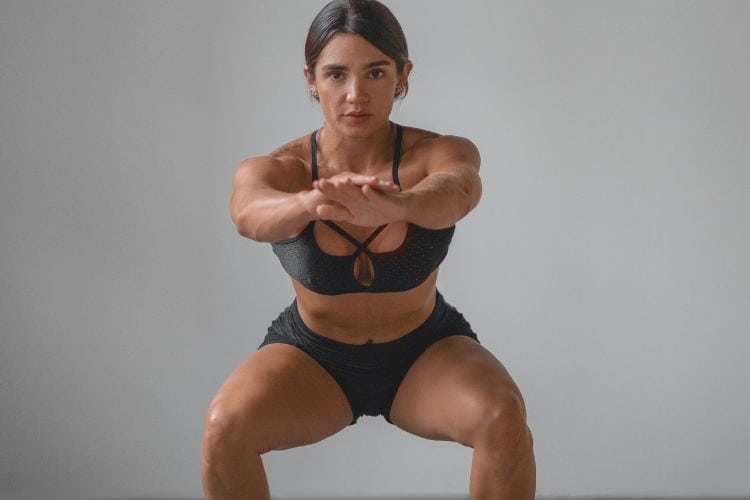Sign up for workout ideas, training advice, reviews of the latest gear and more.






We often hear the term “No Pain, No Gain” in the realm of fitness. However, this mantra can mislead many into believing that relentless, intense training without proper rest is the key to achieving fitness goals. But ask any seasoned fitness professional, and they’ll emphasize the importance of something seemingly contradictory: active recovery. For women, in particular, understanding and incorporating active recovery workouts can make all the difference in achieving sustainable fitness.
Active recovery refers to low-intensity exercises that keep the body moving on ‘rest’ days. Instead of lounging on the couch for the entire day, think of activities like gentle yoga, walking, or light cycling. The idea is to engage the muscles lightly without putting them under the intense strain typical of regular workouts.
Muscle Recovery: After a strenuous workout, our muscles experience microtears. This isn’t a bad thing; it’s how muscles grow. The tears rebuild stronger during recovery. Active recovery accelerates this process by increasing blood flow to the muscles, delivering essential nutrients required for repair.
Joint and Ligament Health: Women are more prone to joint and ligament injuries than men, largely due to the hormonal differences affecting ligament laxity. Active recovery aids in keeping these ligaments and joints mobile and strong without overstraining them.
Mental Well-being: Fitness isn’t just about physical health. The mental benefits of regular, light activity on rest days cannot be overlooked. Engaging in a gentle workout can release endorphins, reduce stress, and contribute to a sense of accomplishment.
Reduces Fatigue: An intense workout can drain you, leading to fatigue that lasts more than a day. Active recovery, by promoting blood circulation, can help flush out the by-products that cause muscle soreness and fatigue.
Maintains Consistency: Incorporating active recovery ensures you’re moving daily. This habit can lead to more consistent, long-term adherence to a fitness routine.
Yoga: Yoga isn’t just about flexibility; it’s a holistic practice that combines strength, flexibility, and mindfulness. Gentle yoga forms, like Hatha or Yin yoga, can be particularly beneficial as active recovery workouts.
Walking: It’s simple, requires no equipment, and is surprisingly effective. A brisk 30-minute walk can uplift mood, increase circulation, and keep the muscles active.
Swimming: This full-body workout is easy on the joints and offers gentle resistance, making it a perfect active recovery exercise.
Foam Rolling: Also known as self-myofascial release, foam rolling helps release muscle knots, improve flexibility, and reduce soreness.
Pilates: This low-impact workout emphasizes posture, alignment, and core strength. It’s a great way to activate multiple muscle groups without overstraining them.
Light Cycling: Riding a bike at a relaxed pace, whether stationary or mobile, promotes blood flow and keeps the legs active without the high-intensity impact of regular training.
Duration: Your active recovery session should be short and sweet, ranging from 20 to 45 minutes.
Intensity: You should feel refreshed after your workout, not exhausted. Stick to about 50-60% of your maximum effort.
Variety: Rotate between different types of active recovery workouts to engage different muscle groups and keep things interesting.
Listen to Your Body: If you feel pain (not to be confused with discomfort) during any activity, stop immediately. Active recovery should be beneficial, not detrimental.
Stay Hydrated: Drink plenty of water before, during, and after the session. Proper hydration aids in muscle recovery.
For women aiming for sustainable fitness, active recovery workouts isn’t just an option; it’s a necessity. It bridges the gap between intense training sessions, ensuring the body and mind are adequately rested, healed, and ready for the next challenge. The next time you feel the urge to ‘push through’ even on days you’re drained, remember that sometimes, slowing down is the fastest way forward. Embrace active recovery, and let it be your secret weapon in your fitness journey.
Stay up to date on the latest women’s health, fitness and lifestyle trends and tips.